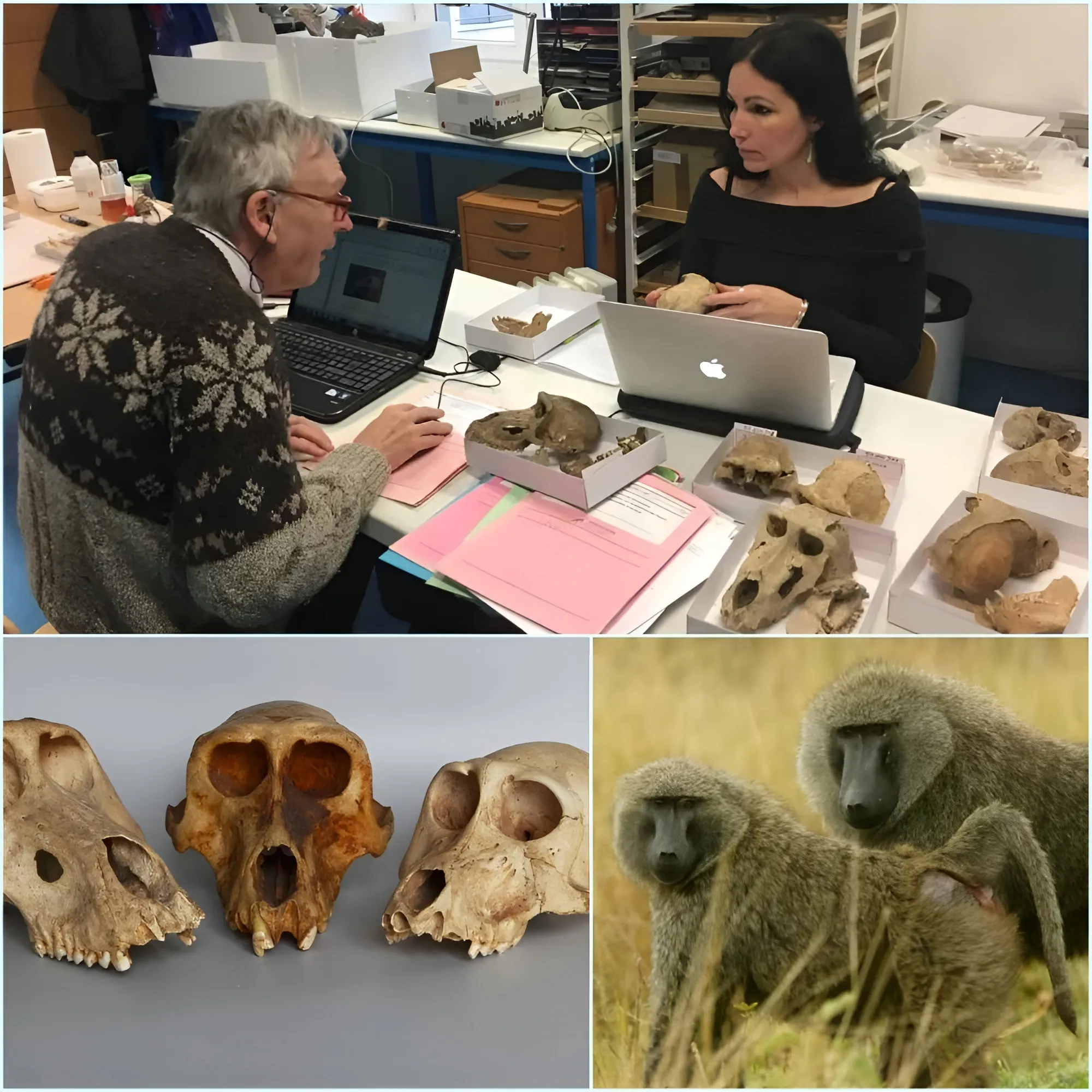Researchers led by Wim Van Neer from the Royal Belgian Institute of Natural Sciences have unveiled the challenging lives of sacred baboons in captivity. Published in the journal PLOS ONE, their study focused on 36 mummified baboon bodies discovered in Gabbanat el-Qurud, located in the Valley of the Monkeys on the west bank of Luxor, Egypt. These baboons, revered as sacred beings by ancient Egyptians, played crucial roles in rituals and were often mummified after death.

Despite their revered status, the analysis of skeletal remains dating from 800 to 500 BCE revealed that the baboons faced difficult living conditions. Signs of malnutrition and a lack of sunlight exposure were evident in their skeletal remains. The study highlighted that only four out of the 36 baboons appeared to have been in good health, while the majority exhibited skeletal deficiencies, including bent limbs characteristic of rickets. Comparative analysis with baboon remains from other ancient Egyptian sites, such as Saqqara and Tuna el-Gebel, indicated a consistent pattern of challenges in captive care across different locations.





